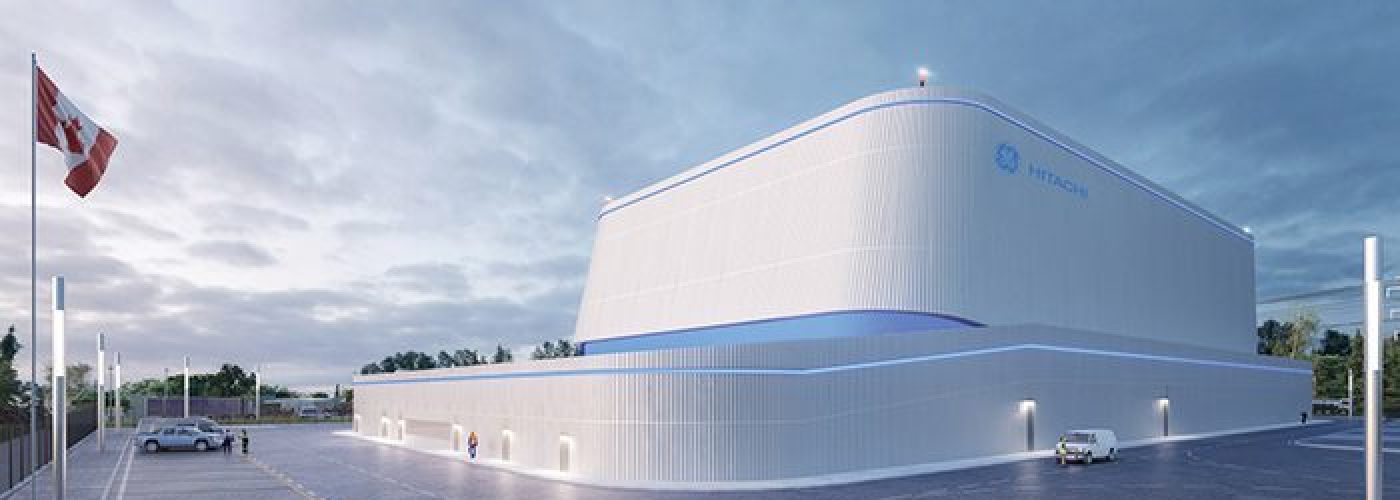The Office for Nuclear Regulation, along with the Environment Agency and Natural Resources Wales, has started a two-step Generic Design Assessment (GDA) for GE Hitachi’s BWRX300 reactor.

The Department for Energy Security and Net Zero made the request to the regulators following its readiness review of the GE Hitachi application.
This review concluded that the design is ready to enter the GDA process.
The GDA will look to actively explore opportunities to maximise the value of international regulatory collaboration and identify efficiencies in processes.
Two step GDA explained
- Generic Design Assessment (GDA) is a voluntary, non-mandatory process aimed at providing early confidence that a proposed reactor design is capable of being constructed, operated and decommissioned in accordance with the standards of safety, security and environmental protection required in Great Britain.
- For the organisation requesting the GDA, this offers a reduction in uncertainty and project risk ahead of potential future licensing, permitting, construction and regulatory activities.
- ONR carries out an assessment in three steps, and a ‘full’ GDA of three steps is expected to take about four years.
- The first step is about project mobilisation and agreeing the scope. The second step consists of a fundamental review of safety, security and safeguards by ONR and environmental protection by the Environment Agency and Natural Resources Wales. This would identify if there any major issues meaning a reactor would not meet regulatory expectations in its current design.
- Vendors can choose to stop the GDA after two steps, normally after about two years.
- For a ‘full’ GDA, vendors will continue to Step 3 which involves a detailed assessment of their submissions. A design acceptance confirmation (DAC) can only be issued after the successful completion of a three-step GDA, and only when ONR has concluded that the design is capable of being safely and securely built and operated, subject to future site-specific assessment and licensing.
- GDA is not a substitute for the nuclear site licensing process but it will make a significant contribution to ONR’s assessment of the future site-specific safety case.
- It is up to investors, developers and vendors – whether they be private or government – to decide whether the shorter two-step GDA gives them enough confidence to proceed with procuring a site, setting up a licensee organisation, and start to place contracts for components and construction activities.
- Should an organisation seek to construct and operate a reactor in Britain that has not been subject to a three-step GDA, the detailed design assessment would need to be carried out through ONR’s statutory regulatory processes, established through the nuclear site licence, before a permission could be granted to start nuclear safety-related construction.
Building, Design & Construction Magazine | The Choice of Industry Professionals





